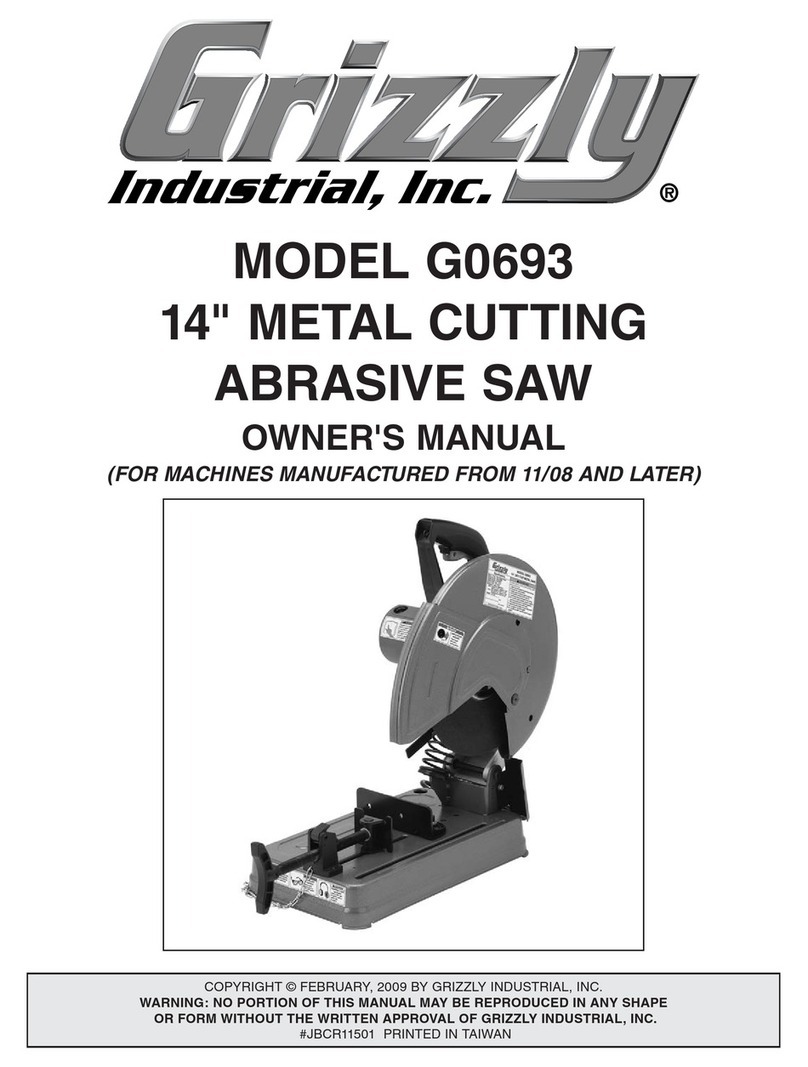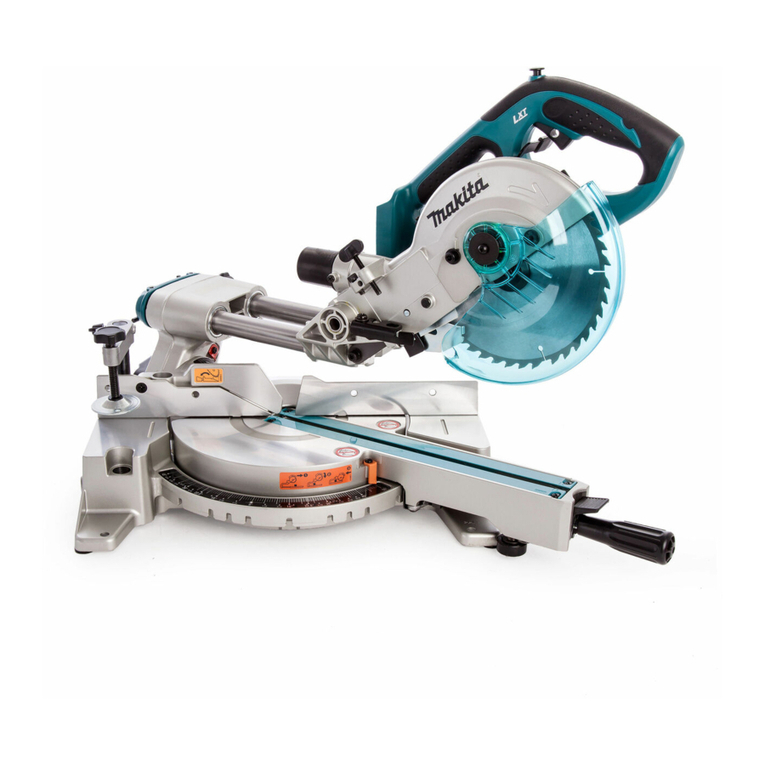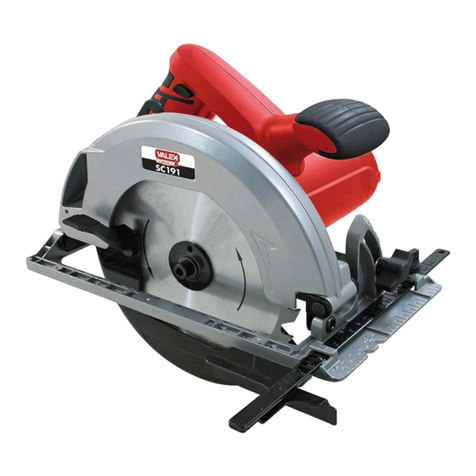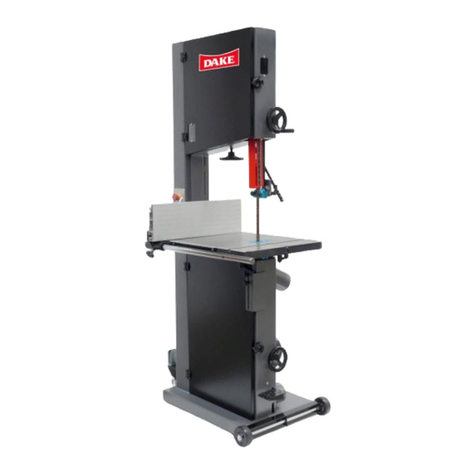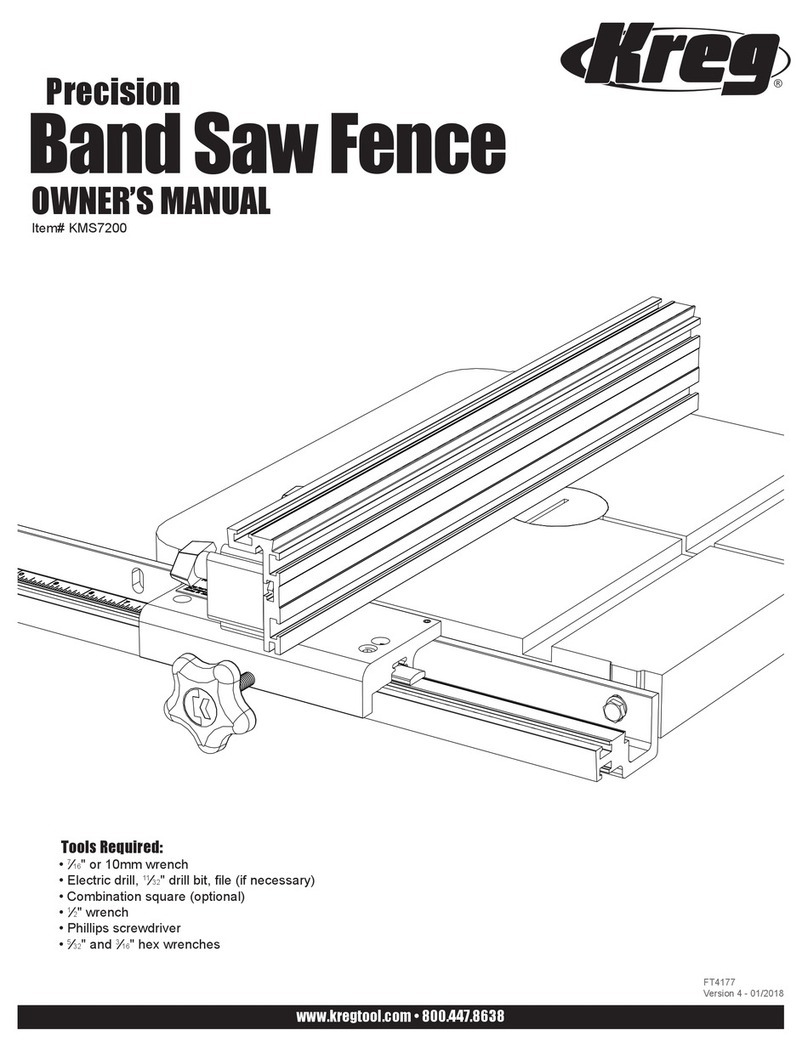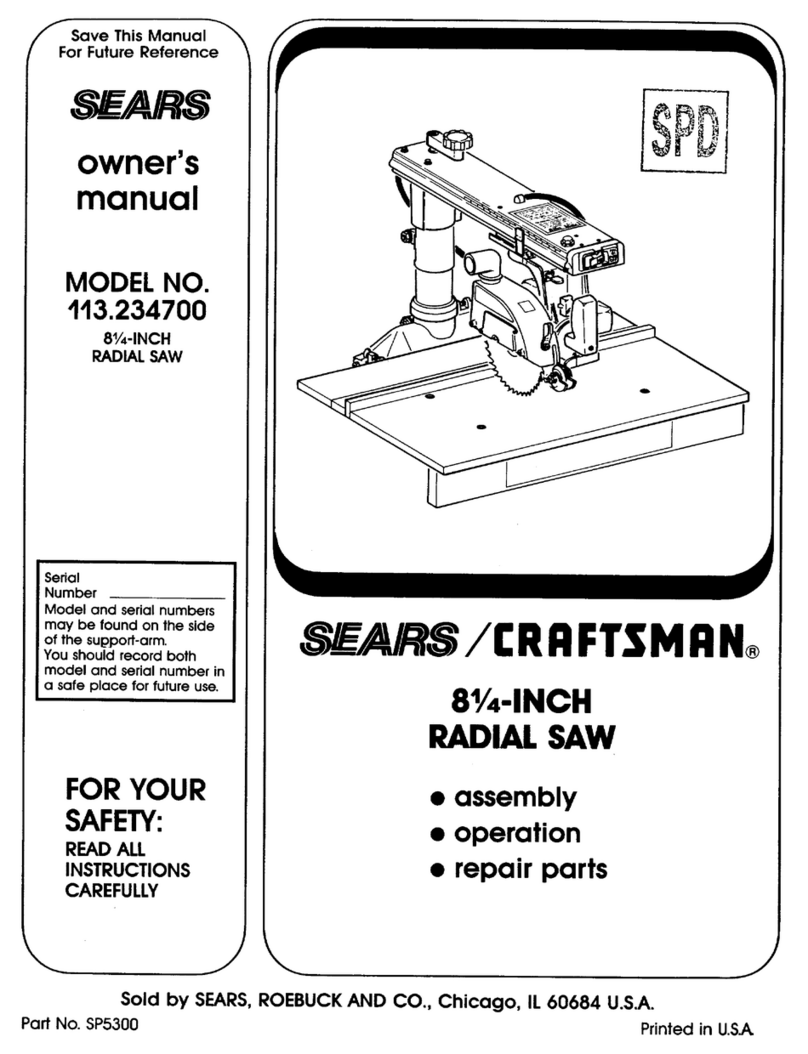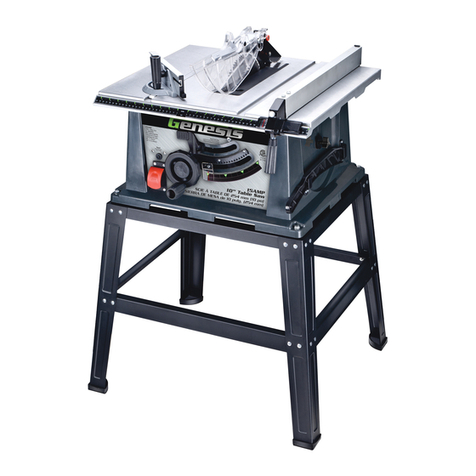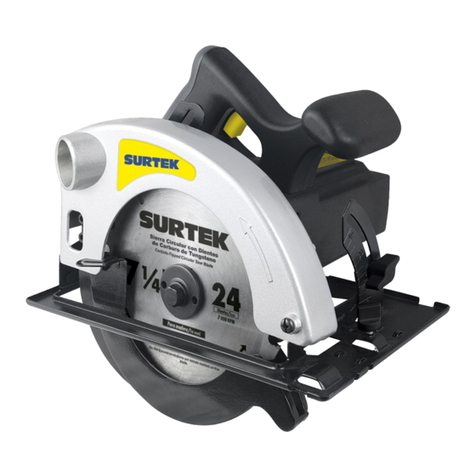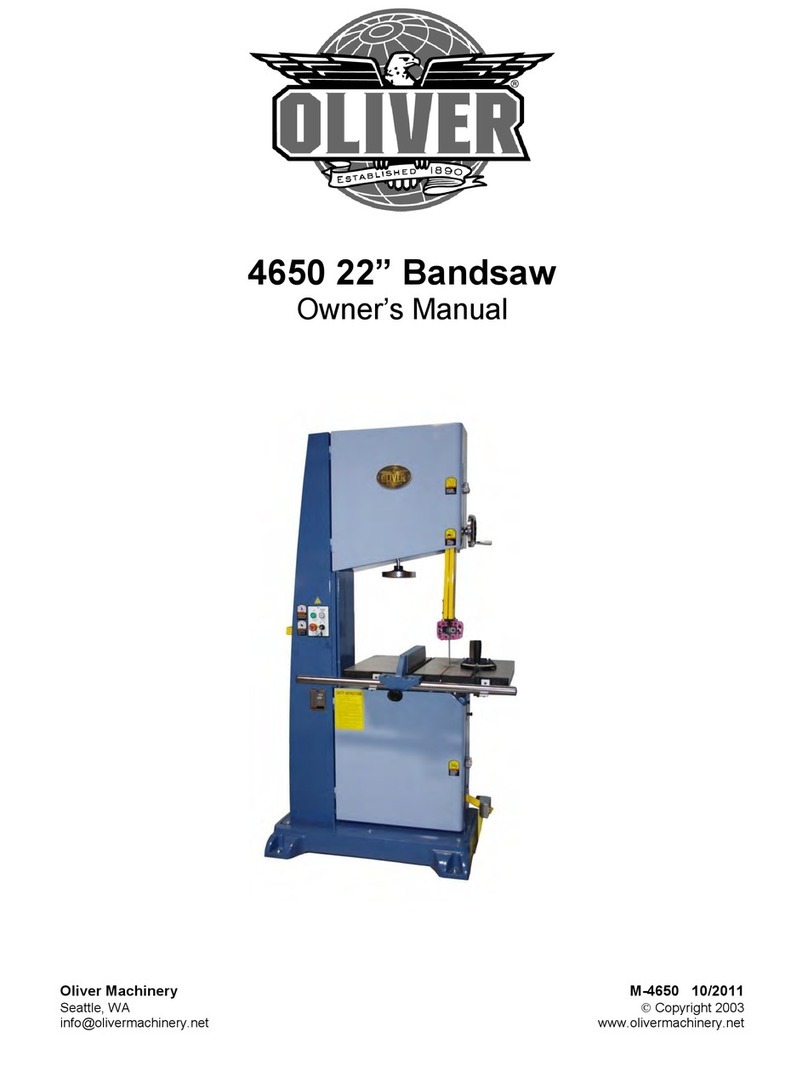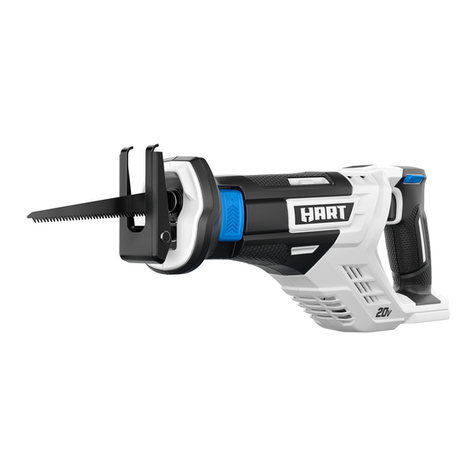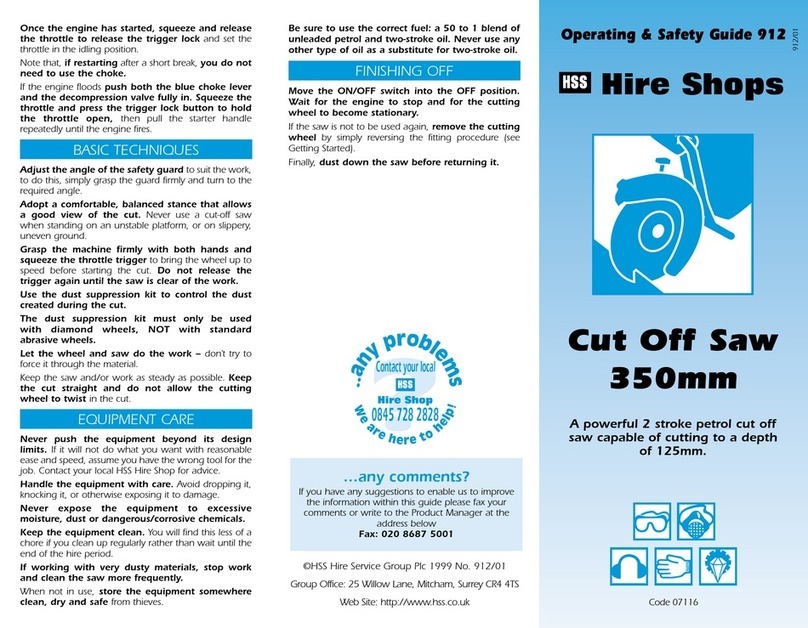SteelBeast 14" User manual

JEI Group Ltd
Table of contents
SECTION PAGE
Safety Rules 0
Warning: Failure to follow these rules may result in serious personal injury 0
Additional Safety Rules for Metal Cutting Saws 0
Glossary of Terms 0
Motor Specifications and Electrical Requirements 0
Power Supply and Motor Specifications 0
Ground Instructions 0
Motor Safety Protection 0
Wire Sizes 0
Unpacking and Checking Contents 0
Unpacking 0
Table of Loose Parts 0
Getting to know Your Saw 0
Alignment (Adjustments) 0
Assembly 0
Changing the Blade 0
Safety Instructions for Basic Operation 0
Before using the Metal-Cutting Saw 0
Before each use 0
Whenever Saw is running 0
Before leaving the Saw 0
Basic Saw Operations 0
General Cutting Instructions 0
Clean Dusk Tank 0
Adjusting the Stationary Vice 0
Changing the Cutting Angle 0
Big Blade Guard and Small Blade Guard 0
Prevent Tremble Device 0
Workpiece Clamping 0
Using a Metallic Block 0
Recommended Cutting Capacity 0
Brush Inspection and Replacement 0
Maintenance and Lubrication 0

JEI Group Ltd
Maintenance 0
Lubrication 0
Safety Rules
As with all machinery there are certain hazards involved with operation and use of the
machine. Using the machine with respect and caution will considerably lessen the possibility
of injury. However, if normal safety precautions are overlooked or ignored, personal injury
to the operator may result.
This machine was designed for certain applications only. It is strongly recommended that
this machine NOT be modified and/or used for any application other than for which it was
designed.
Warning
Failure to follow these rules may result in serious personal injury.
1. FOR YOUR OWN SAFETY, READ INSTRUCTION MANUAL BEFORE OPERATING THE TOOL.
Learn the tool’s application and limitations as well as the specific hazards peculiar to it.
2. KEEP GUARDS IN PLACE and in working order.
3. ALWAYS WEAR EYE PROTECTION.
4. GROUND ALL TOOLS. If tool is equipped with three-prong plug, it should be plugged into
a three-hole electrical receptacle; the adaptor lug must be attached to a known ground.
Never remove the third prong.
5. REMOVE ADJUSTING KEYS & WRENCHES. Have it a habit of checking to see that keys and
adjusting wrenches are removed from tool before turning it “ON.”
6. KEEP WORK AREA CLEAN. Cluttered areas and benches invite accidents.
Don’t use power tools in damp or wet
locations, or expose them to rain. Keep work area well lighted.
8. KEEP CHILDREN AND VISITORS AWAY. All children and visitors should be kept a safe
distance from work area.
9. MAKE WORKSHOP CHILDPROOF with padlocks, master switches, or by removing starter
keys.
It will do the job better and be safer at the rate for which it was
designed.

JEI Group Ltd
11. USE RIGHT TOOL. Don’t force tool or attachment to do a job for which it was not
designed.
12. WEAR PROPER APPAREL. No loose clothing, gloves, neckties, rings, bracelets, or other
jewellery to get caught in moving parts. Nonsolid foot wear is recommended. Wear
protective hair covering to contain long hair.
13. ALWAYS USE SAFETY GLASSES. Wear safety glasses, everyday eye glasses only have
impact resistant lenses; they are not safety glasses. Also use face or dust mask if cutting
operation is dusty.
14. SECURE WORK. Use clamps or a vice to hold work when practical. It’s safer than using
your hand and frees both hands to operate tool.
15Keep proper footing and balance at all times.
16. MAINTAIN TOOLS IN TOP CONDITION. Keep tools sharp and clean for best and safest
performance. Follow instructions for lubricating and changing accessories.
17. DISCONNECT TOOLS before servicing and when changing accessories such as blades,
bits, cutters, etc.
18. USE RECOMMENDED ACCESSORIES. The use of improper accessories may cause
hazards.
19. REDUCE THE RISK OF UNINTENTIONAL STARTING. Make sure switch is in the “OFF”
position before plugging in power cord.
20. NEVER STAND ON TOOL. Serious injury could occur if the tool is tipped or if the cutting
tool is accidentally contacted.
21. CHECK DAMAGED PARTS. Before further use of the tool, a guard or other part that is
damaged should be carefully checked to ensure that it will operate properly and perform its
intended function –check for alignment of moving parts, binding of moving parts, breakage
of parts, mounting, and any other part that is damaged should be properly repaired or
replaced.
22. DIRECTION OF FEED. Feed work into a blade or cutter against the direction of rotation of
the blade or cutter only.
23. NEVER LEAVE TOOL RUNNING UNATTENDED. POWER OFF. Don’t leave tool until it
comes to a complete stop.
24. DRUGS, ALCOHOL, MEDICATION. Do not operate tool while under the influence of
drugs, alcohol or any medication.
25. MAKE SURE TOOL IS DISCONNECTED FROM POWER SUPPLY while motor is being
mounted, connected or reconnected.
26. WARNING. The dust generated by certain products can be hazardous to your health.
Always operate machinery in well ventilated areas and provide for proper dust removal. Use
dust collection systems whenever possible.

JEI Group Ltd
Additional Safety Rules for Metal Cutting Saw
1. WARNING: Do not operate your metal cutting saw until it is completely assembled and
installed according to the instructions.
2. IF YOU ARE NOT thoroughly familiar with the operation of the metal cutting saw, obtain
advice from your supervisor, instructor or other qualified person.
3. WEAR safety goggles, face shield, face mask, body apron, head covering, safety shoes,
long tight-fitting sleeves and gloves.
4. BE SURE blade is sharp, runs freely and is free of vibration.
5. TIGHTEN arbor screw and all clamps before operating.
6. MAKE SURE not to reach behind or over the cutting tool with either hand for any reason.
7. ALWAYS keep guards in place and working properly.
8. KEEP hands out of the path of the saw blade.
9. SECURE work piece properly. Work should be straight and firmly clamped to avoid
possible movement and pinching as the cut nears completion.
10. NEVER cut anything freehand.
11. NEVER reach behind or underneath the blade.
12. MAKE SURE the blade has come to a complete stop before removing or securing work
piece or changing work piece angle.
13. BE SURE blade and flanges are clean and that arbor screw is tightened securely.
14. NEVER use blades larger or smaller in outside diameter and arbor than recommended.
15. USE ONLY blades rated at 1500 R.P.M or higher and conform to EN 847-1. Never use
blade from high speed steel.
16. ALWAYS check the blade for cracks or other damage before operation. Do not use
blades which are damaged or deformed.
17. USE ONLY blade flanges specified for your machine.
18. MAKE SURE blade is not contacting work piece before switch is turned on.
19. ALLOW the motor to come up to full speed before starting cut.
20. AFTER TURNING MACHINE ON, lower blade lightly until it comes with the work piece
and then draw blade firmly through the cut. DO NOT allow the blade to chatter and jump as
this may cause the blade to wear cut of round, resulting in poor cutting and possible broken
blades.
21. ALWAYS keep the lower blade guard in place.
22. IMPORTANT: After completing cut, release power switch and wait for coasting blade to
stop before returning saw to raised position.
23. USE the blade guard at all times.
24. NEVER operate the machine in an area with flammable liquid or gasses.
25. TO AVOID electric shock, do not use under damp conditions or expose to rain.
26. PROVIDE adequate support to the sides of the saw table for long work piece.
27. SHUT OFF power before servicing or adjusting tool.

JEI Group Ltd
28. SHOULD any part of your machine be missing, damaged or fail in any way, or any
electrical component fail to perform properly, shut-off switch and remove plug from power
supply outlet. Replace missing, damaged or failed parts before resuming operation.
29. SAVE THESE INSTRUCTIONS. Refer to them.
Glossary of Terms
ARBOR The shaft a blade is mounted on.
FREEHAND Performing a cut without the use of work piece vice, hold down or other
proper device to prevent the work piece from twisting during the cutting operation.
Twisting of the work piece can cause it to be thrown or cause the blade to break.
REVOLUTIONS PER MINUTE (R.P.M) The number of turns completed by a spinning object
in one minute.
SAW BLADE PATH The area of the work piece or table top directly in line with either the
travel of the blade or the part of the work piece which will be, or has been, cut by the blade.
WORK PIECE The item the cutting operation is being performed to.
Motor Specifications and Electrical Requirements
Power Supply and Motor Specifications
The AC motor used in this saw is a universal non reversible type having the following
specifications:
51305
Maximum
3
Developed H.P
Voltage
110-120
220-240
100-120
220-240
Amperes
15
7.5
15
7.5
Hertz (Cycles)
50-60
Phase
Single
RPM
1300
Rotation of
Shaft
Counter-
clockwise

JEI Group Ltd
Power Connections
A separate electrical circuit should be used for your tools. This circuit should not be less #12
wire and should be protected with a 20 amp fuse. Have a certified electrician replace or
repair a worn cord immediately. Before connecting the motor nameplate. Running low
voltage will damage the motor.
Ground Instructions
Caution: This tool must be grounded while in use to protect the operator from electric
shock.
In the event of malfunction or breakdown, grounding provides a path or less resistance for
electric current to reduce the risk of electric shock. This tool is equipped with an electric
cord having an equipment –grounding conductor and a grounding plug. The plug is plugged
into a matching outlet that is properly installed and grounded in accordance with all local
codes and ordinances.
Do not modify the plug provided if it will not fit the outlet; have the proper outlet installed
by a qualified electrician. Improper connection of the equipment-grounding conductor can
result in risk of electric shock. The conductor with insulation having an outer surface that is
green with or without yellow stripes is the equipment-grounding conductor. If repair or
replacement of the electric cord or plug is necessary, do not connect the equipment-
grounding conductor to a live terminal.
WARNING: DO NOT EXPOSE THE TOOL TO RAIN OR OPERATE THE TOOL IN DAMP CONDITIONS

JEI Group Ltd
Check with a qualified electrician or service personnel if the grounding instructions are not
completely understood if in doubt as to whether the tool is properly grounded.
Repair or replace damaged or worn cord immediately.
Use extension cords with suitable receptacles that accept the tool’s plug as shown in fig 6.
CAUTION: IN ALL CAUSES, MAKE CERTAIN THE RECEPTACLE IN QUESTION IS PROPERLY
GROUND. IF YOU ARE NOT USE, HAVE A CERTIFIED ELECTRICIAN CHECK THE RECEPTACLE.
Motor Specifications and Electrical Requirements (Continued)
Motor Safety Protection
Important: To avoid motor damage, this motor should be blown out or vacuumed
frequently to keep dust from interfering with normal motor ventilation.
1. Connect this tool to a power source with the appropriate voltage for your model and a
20-amp branch circuit with wrong size fuse can damage the motor.
2. If the motor won’t start, release the trigger switch immediately. Unplug the tool. Check
the saw blade to make sure it turns freely. If the blade is free, try to start the “Motor
Trouble Shooting Chart”.
3. If the motor suddenly stalls while cutting, release the trigger switch, unplug the tool and
free the blade from the work piece. The motor may now be restarted and the cut finished.
4. Fuses may “blow” or circuit breakers may trip frequently if:
a: Motor is Overloaded Overloading can occur if you feed too rapidly or make too many
start/stops in a short time.

JEI Group Ltd
b: Line voltages should not be more than 10% above or below the nameplate voltage. For
heavy loads, however, the voltage at motor terminals must equal the voltage specified for
your model.
c: Improper or dull saw blade are used.
5. Most motor troubles may be traced to loose or incorrect connections, overload, low
voltage (such as small size wire in the supply circuit) or an overly long supply circuit wire.
Always check the connections, the load and the supply circuit whenever motor doesn’t work
well. Check wire sizes and length with the Wire Size Chart Below.
Wire Sizes
Note: Make sure the proper extension cord is used and is in good condition.
The use of any extension cord will cause loss of power. To keep this to a minimum and
prevent overheating and motor burnout, use the table below to determine the minimum
wire size A.W.G. extension cord.
Unpacking and Checking Contents
Unpacking
Your saw is shipped complete in one box.
WARNING: To avoid injury from unexpected starting or electrical shock do not plug the
power cord into a power source outlet during unpacking and assembly. This cord must
remain unplugged whenever you are working on the saw.
WARNING: Although compact, this saw is heavy. To avoid back injury, get help whenever you
have to lift.

JEI Group Ltd
1. Remove the saw from the carton by lifting the saw with the carry handle.
2. Place the saw on a secure, stationary work surface and look the saw over carefully.
Table of Loose Parts
The following parts are included:
Note: Before beginning assembly, check that all parts are included. I f you are missing any
part, do not assemble the saw.

JEI Group Ltd
Part or Assembly Qty.
A. Basic Saw Assembly 1
B. Owner’s Manual 1
C. Arbor Wrench (stored on base) 2
D. Vice Handle 1
Getting to Know your Saw
1. Warning label.
2. Chain For easy carrying and storage, the cut off saw can be clamped in the down
position by means of the hold down chain. To move the cutting head to the up position,
simply unhook the chain from the handle housing.
3. Quick Vice to hold the work piece in position.
4. Upper Guard This guard helps protect your hands from the blade in the raised position.
To avoid binding on the work piece, it retracts as the power head is lowered.
5. D Handle The D handle contains the trigger switch with a lock button (see #8 and #9 for
illustration). The blade can be lowered into the work piece by pushing down on the handle.
The saw will return to its upright position when the handle is released unless the hold down
(#2) is hooked.
6. Carrying Handle This handle is built into the unit to move it from one location to
another. Before attempting to pick up the unit by the carrying handle always clamp the cut
off saw power head in the down position using chain (#2)
7. Protection Plate To protect eyes from being injured from the spar and iron filings
occurred while cutting materials.

JEI Group Ltd
8. Trigger To turn the saw “on” first depress trigger and then depress switch trigger (9)
9. Switch To turn the saw “on” depress switch trigger, to turn the saw “off”, release the
switch trigger
10. Arbor Lock Allows the user to keep the blade from rotating while tightening or
loosening arbor screw during blade replacement or removal.
11. Up stop Screws In the full up position of the power head. These screws prevent over
rotation of the power head.
12. Down stop In the down (full cut) position, the pivot arm hits an adjustable stop on the
pivot.
13. Upper Guard Protects users from cutter contact on upper portion of blade.
14. Arbor Wrench Used for blade changing and fence angular adjustments.
15. Big Blade Guard and Small Blade Guard Easy to use with excellent safety.
16. Lever For safety, user should press the lever before the lever before the lever before
the machine head can be pressed down and guard open.

JEI Group Ltd
Alignment (Adjustments)
Down stop Adjustment: The down stop should be adjusted so that maximum cutting
capacity is maintained and so that the cut off blade does not hit the saw base or the surface,
which the tool is mounted to.
1. Lower cutter head until the arm hits the down stop.
2. Verify maximum cutting capacity and that there is no contact between cut off blade and
base or mounting surface.
3. If contact occurs, adjust down stop screw and jam nut until problem is corrected.
NOTE: All other adjustments are described in the “Basic Saw Operations” section.
Assembly
Changing the Blade
1. Disconnect the machine from the power source.
2. Loosen the 3 screws (A), and remove the saw blade cover (B).
WARNING: Cut material can be thrown. Eyes can be
permanently damaged. Wear your safety goggles.

JEI Group Ltd
3. Press in on arbor lock (C) and at the same time rotate blade (G) by hand until the arbor
lock engaged.
4. Using the 8mm hex wrench provided, loosen arbor screw (D) by turning it counter
clockwise, and remove arbor screw (D), washer (E), outside blade flange (F) and blade (G).
Do not remove inside blade flange.

JEI Group Ltd
5. Make sure the inside surfaces of both the inside and outside blade flanges are clean and
free from any foreign substance.
6. Install new blade (G) Making certain teeth of saw blade are pointing down at the front
and reassemble outside blade flange (F), washer (E) and arbor screw (D). Turn arbor (D)
clockwise to tighten.
7. Replace saw blade cover that was removed in step 2.
8. WARNING: Make sure arbor lock (C) is disengaged and 8mm hex wrench is removed
before turning on the power.
Safety Instructions for Basic Saw Operation
Before Using Metal Cutting Saw
•Completely assemble and align the saw. (see “Assembly and Alignment” sections
within.)
•Learn the use and function of the ON-OFF switch, upper ans lower blade guards, lock
pin and work piece clamp. (See “Getting to know your Metal Cutting Saw” section
within.)
•Review and understand all safety instructions and operating procedures in this
manual.
•Review the maintenance methods for this Metal cutting saw. (See “Maintenance”
section within).
WARNING –To avoid mistakes that could cause serious, permanent injury, do not plug
in until the following steps have been satisfactorily completed.

JEI Group Ltd
To avoid injury or death from electrical shock:
•Make sure your fingers do not touch the plug’s metal prongs when plugging or
unplugging the metal cutting saw.
Before each use:
Inspect your saw.
Disconnect the metal cutting saw. To avoid injury from accidental starting, unplug the saw,
before changing the setup, changing the blade or adjusting anything.
Tighten the arbor screw.
Tighten the cover plate stop screw.
Check Damaged Parts.
Check for:
•Alignment of moving parts,
•Damaged electric cords,
•Binding of moving parts,
•Broken parts,
•Stable mounting,
•Function of arm return spring and lower guard: Push the arm all the way down, then
let it rise up until it stops by itself. Check the lower guard to see if it closed fully. If it
did not, follow the instructions in the troubleshooting section.
•Other conditions that may affect the way the saw works if any part of this saw is
missing, bent or broken in any way, or any electrical parts don’t work, turn the saw
off and unplug it. Report damaged, missing or failed parts before using the saw
again.
Keep Guards in Place in working order and in proper adjustment.
Maintain Tools with Care. Keep the saw clean for best and safest performance. Follow
instructions for lubricating.
Remove Adjusting Keys and Wrenches from tool before turning it on.
To avoid injury from jams, slips or thrown pieces
•Use only the recommended accessories. (See “Accessory” section within.) Consult
this owner’s manual for recommended accessories. Follow the instructions that
come with the accessories. The use of improper accessories may cause risk of injury
to persons.
•Choose the right 350mm diameter metal cutting blade for the material and the type
of cutting you plan to do.
•Make sure the blade is undamaged and properly sharpened. Observe the maximum
speed marked on the saw blade.

JEI Group Ltd
•With the saw unplugged, push the power-head all the way down. Hand spin the
blade and check for clearance. If the blade hits anything, make the adjustments
shown in the Maintaining Maximum Cutting Capacity section.
•Ensure the blade and arbor collars are clean.
•Ensure the collars’ recessed sides are facing the blade.
•Using the arbor wrench supplied, make sure the arbor screw is firmly hand
tightened.
•Make sure all clamps are tight and there is no excessive play in any parts.
•Keep work area clean. Cluttered areas and benches invite accidents. Floor must not
be slippery.
Know your saw. Read and understand the owner’s manual and labels affixed to the tool.
Learn its application and limitations as the specific potential hazards peculiar to this tool.
To avoid injury from accidental contact with moving parts, don’t do layout, assembly or
setup work on the saw while any parts are moving.
Avoid Accidental Starting. Make sure switch is “OFF” before plugging metal cutting saw
into a power outlet.
Plan your work.
Use the Right Tool. Don’t force tool or attachment to do a job it was not designed to do. Use
a different tool for any work piece that can’t be held in a solidly braced, fixed position.
CAUTION: when cutting any metals, sparks or hot fragments could cause a fire.
Table of contents

